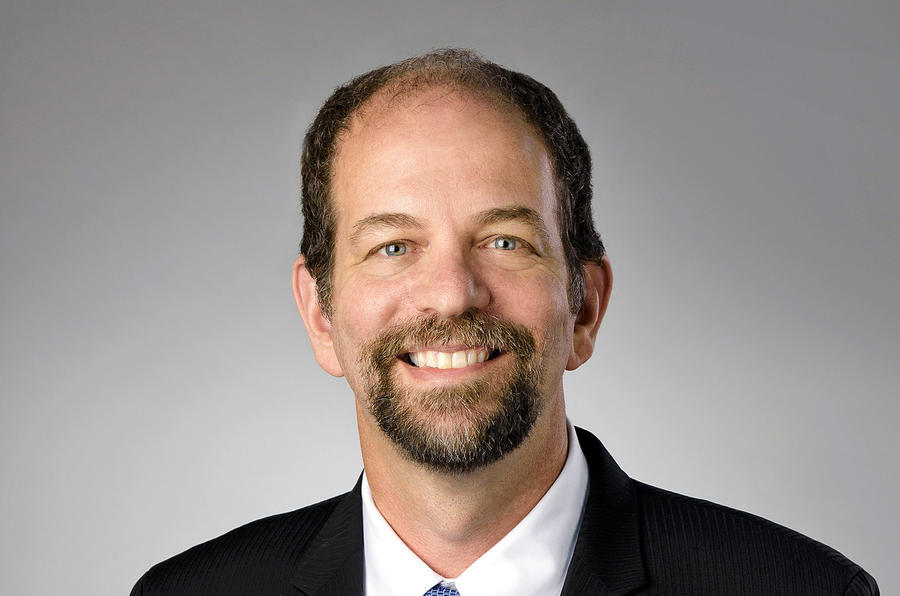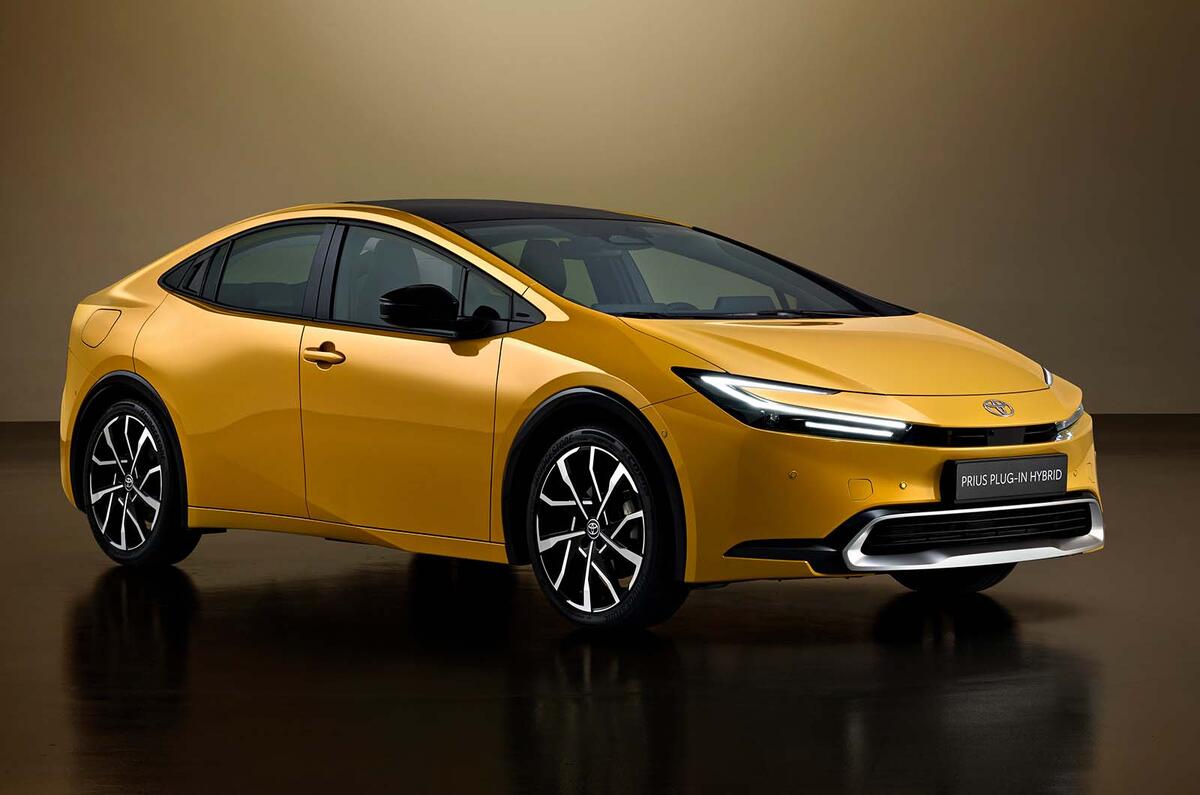Toyota has doubled down on its belief that battery-electric vehicles cannot be the only approach to reducing emissions, citing numerous advantages of hybrid and hydrogen drivetrains as reasons for its ‘multi-tech’ approach to vehicle development.
Speaking at Toyota’s annual Kenshiki forum, the company’s chief scientist, Gill Pratt – who recently told Autocar that he believes “the correct solution isn’t a single technology” – outlined how limited battery materials could be better deployed in the short to medium term by vehicle manufacturers as a means of reducing their carbon output.
Ultimately, he said, replacing 90% of pure-ICE cars with full-hybrids equipped with a 1.1kWh battery would have a bigger impact on overall emissions than replacing 6% of pure-ICE cars with battery-EVs, because the overall emission figure for the 100 cars would be vastly reduced - in his scenario, 205g/km compared with 244g/km.
Essentially, Pratt’s argument is that spreading scarce battery materials across a wider vehicle parc – while not increasing the number of pure-EVs on sale – would reduce overall emissions more effectively.

His comments come as Toyota reveals a concept for its second bespoke EV, the bZ Compact Crossover, and two new big-selling plug-in hybrids: the Mk5 Toyota Prius and Mk2 Toyota C-HR.
The lifespan of hybrid (HEV) and PHEV cars in the EU and the UK is limited by the imminent imposition of combustion car sales bans in 2035, but Pratt’s remarks suggest such cars could play a vital role in making personal mobility more sustainable, while maintaining comparable cost and convenience to today’s combustion cars.
“By utilising their batteries better, HEVs are also more affordable and easier to recycle,” he said. They also don’t need to be plugged in, which strengthens their use case in environments where EV infrastructure is under-developed.
“We want to distribute the limited supply of battery materials, where they will reduce carbon emissions as much as possible, as soon as possible.”
“During the coming 10-15 years of battery material shortages, we believe that precious battery cells should not be squandered in only long-range BEVs, especially ones that have driven a short distance between recharges.
“Rather, we believe the battery cell should be put where they will do the most good.”








Join the debate
Add your comment
He speaks a lot of sense, politicians make policy without any concept of the infrastructure consequences, especially on HGV's even some back of the napkin math show what an impossible task it is. Perhaps it will go in a circle, hydrogen will be driven by HGV's when EV infrastructure sinks in as impossible (for HGV needs), then cars will start to adopt hydrogen because of the fuel network built up to service HGV's.
What is this "car parc" term I keep seeing on these pages?
I never read it anywhere else.
That's almost an admission that hydrogen power is not going anywhere for cars, HGV's come 2040 maybe but I reckon there'll be an extension for ICE HGV's till 2040 at least.